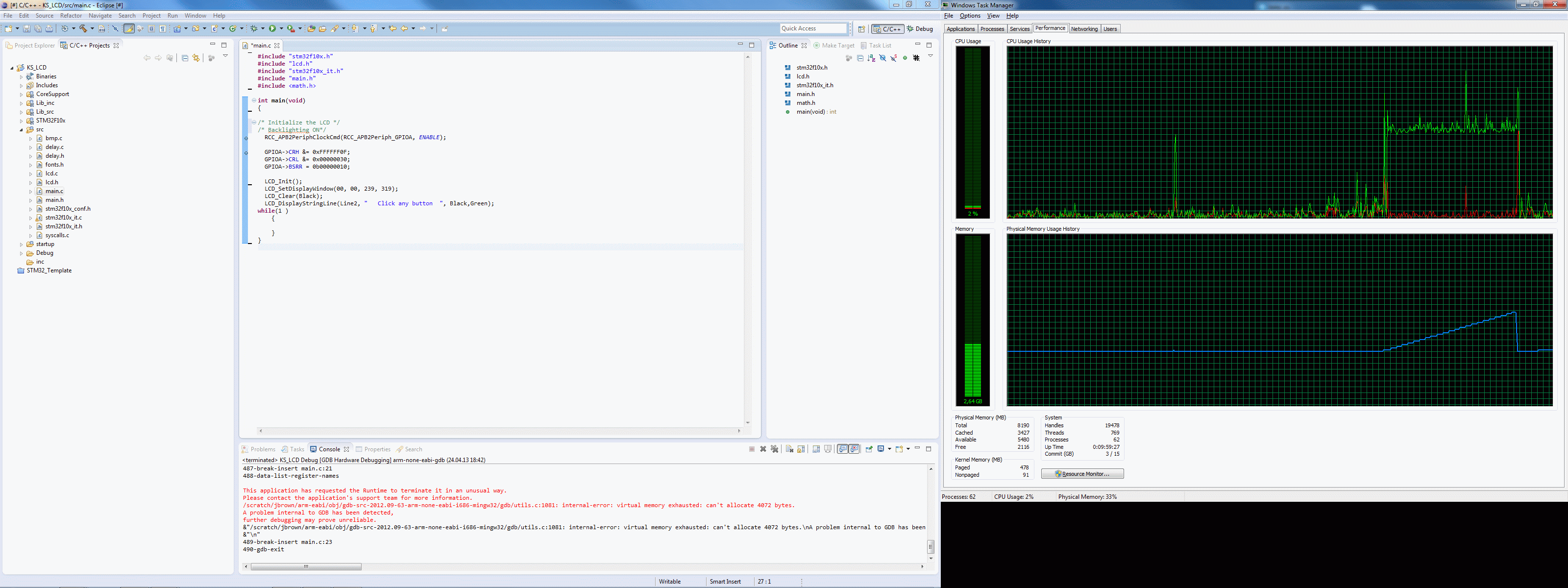

#HOW TO INSTALL GDB ARM NONE EABI PC#
OpenOCD is running as a server on the PC host and it accepts incoming connections from GDB on a port specified by the openocd.cfg file. We will run GDB on the PC host and the program on the STM32. The other option is to use the command below: $ su - $(id -nu) You start by typing arm-none-eabi-gdb and exit by typing quit or hitting Ctrl-d.

You can reboot or log out from your current session and then log in this will close all the You'll have to re-log for these changes to take effect. If I revert the VM to fresh install again and install v4.8 with apt-get install gcc-arm-none-eabi gdb-arm-none-eabi, stock compiler doesn't work (this is also surprising) Question According to the 'further experiments', there should be some other dependencies used in the runtime. If you had any board plugged to your laptop, unplug them and then plug them in again.įinally, check if you are in the uucp group. Then reload the udev rules with: $ sudo udevadm control -reload-rules Running the command 'layout src' to display the source file in a separate text window displays a message saying that 'layout' is an undefined command.
#HOW TO INSTALL GDB ARM NONE EABI SERIAL#
These rules let you use USB devices like the F3 and the Serial module without root privilege, i.e.Ĭreate this file in /etc/udev/rules.d with the contents shown below. It looks like the GDB executable (arm-none-eabi-gdb) provided by arm-none-eabi-gcc-xpack is not configured with option -enable-tui as the TUI is not available. Then, use your editor of choice to append to your PATH in the appropriate shell init file (e.g. ST-Link GDB servers (you can find the open-source version of the tools on GitHub). Here's one way to do it: $ mkdir -p ~/local & cd ~/local To debug on-chip with GDB server, use the Embedded GDB Server configuration, which covers the following cases. Ubuntu 16.04 or newer / Debian Jessie or newerįor distros that don't have packages for ARM's pre-built toolchain, download the "Linux 64-bit" file and put its bin directory on your path.Here are the installation commands for a few Linux distributions.


 0 kommentar(er)
0 kommentar(er)
